Can Cats Eat Raw Meat? A Guide to Feeding Raw Meat to Your Cat
- 24 Feb 2025 14:35
Raw meat is a common topic of debate in the pet world. Some pet owners swear by the benefits of feeding their cats a raw diet, while others are cautious due to health risks. The question remains: Can cats eat raw meat? The short answer is that cats can eat raw meat, but there are important safety considerations to keep in mind. In this article, we'll explore the pros and cons of feeding raw meat to your cat, the potential risks involved, and how to do it safely if you choose to go that route.

Why Do Some People Feed Cats Raw Meat?
Cats are obligate carnivores, meaning their bodies are designed to eat animal-based proteins and fat. In the wild, cats hunt and eat raw prey, such as small mammals, birds, and insects. Feeding raw meat is thought to replicate a more natural, species-appropriate diet for domestic cats, which some believe could have health benefits, including:
Better coat condition: The high protein and fat content in raw meat can lead to healthier skin and a shinier coat.
Improved digestion: Some believe raw meat is easier for cats to digest than cooked food, as it maintains natural enzymes that aid in digestion.
Increased energy: Raw meat diets are thought to provide more energy, especially for active or athletic cats.
The Risks of Feeding Raw Meat to Cats
While raw meat may seem like a natural choice for your feline friend, there are several risks associated with feeding it, which every pet owner should consider.
Bacterial Contamination
One of the biggest risks of feeding raw meat is the potential for bacterial contamination. Raw meat can harbor harmful bacteria such as Salmonella and E. coli, which can cause food poisoning in both cats and humans. Cats have stronger stomach acids that can kill off some harmful bacteria, but they are not immune to foodborne illnesses. If your cat eats raw meat contaminated with bacteria, they could experience symptoms such as vomiting, diarrhea, fever, and abdominal pain.Parasites and Worms
Raw meat, especially when it’s from an untrusted or poorly sourced supplier, can contain parasites or worms. These can lead to serious health problems, including intestinal infections, diarrhea, and vomiting. For example, Toxoplasma gondii, a parasite commonly found in raw meat, can be harmful to both cats and humans. In severe cases, these parasites may cause long-term health issues.Nutrient Imbalances
Raw meat alone does not provide a complete and balanced diet for cats. While it’s high in protein, it may lack essential nutrients such as vitamins, minerals, and fatty acids that cats need to stay healthy. A diet consisting solely of raw meat can lead to malnutrition and deficiency diseases over time. For instance, cats require taurine, an essential amino acid found in meat, but a diet that lacks variety could lead to a deficiency.Bones and Choking Hazards
Feeding your cat raw bones is controversial. While some believe that raw bones are a natural part of a cat’s diet, they can pose significant risks, including choking, intestinal blockages, and broken teeth. Additionally, certain bones—particularly cooked bones—are more likely to splinter and cause harm. If you decide to feed raw bones, be sure they are large enough to avoid choking and carefully monitor your cat.Risk to Humans (Zoonotic Diseases)
Handling raw meat can pose health risks not only to your cat but also to you and your family. Raw meat can carry zoonotic diseases, which are diseases that can be transmitted from animals to humans. Bacteria such as Salmonella and E. coli, or parasites like Toxoplasmosis, can be passed on through direct contact with raw meat or contaminated surfaces. Proper hygiene is essential to minimize these risks.
How to Safely Feed Raw Meat to Cats
If you still want to feed your cat raw meat, it’s important to follow safety guidelines to minimize the risks associated with bacteria, parasites, and nutritional imbalances. Here are some tips for safely feeding raw meat to your cat:
Consult Your Veterinarian
Before starting a raw diet for your cat, it’s always a good idea to consult with a veterinarian. They can guide you on what types of raw meat are safe and how to balance the diet to ensure your cat gets the necessary nutrients. They may also suggest raw food supplements or premade raw food formulas designed for cats to provide the essential vitamins and minerals.Use High-Quality, Fresh Meat
Always source fresh, high-quality raw meat from reputable suppliers to reduce the risk of contamination. Ideally, purchase meat that has been specially prepared for raw feeding or frozen to kill any parasites. Freezing raw meat for at least 24 hours before feeding it can help reduce the risk of parasites.Avoid Certain Types of Raw Meat
Some meats are more prone to carrying parasites and should be avoided altogether. For example, pork can be especially risky because it can contain Trichinella spiralis, a parasite that causes trichinosis. Additionally, avoid feeding raw fish, as it can contain toxins like thiaminase, which destroys vitamin B1 (thiamine) in cats.Balance the Diet
A raw meat diet should be balanced with appropriate amounts of organs, bones, and other nutrients that cats need to thrive. Simply feeding muscle meat, such as raw chicken breast or beef, may not provide all the vitamins and minerals your cat requires. It’s important to include organ meats like liver and kidneys, as well as bone marrow to ensure a well-rounded diet.Handle Raw Meat Carefully
To prevent bacterial contamination, always handle raw meat with clean hands and sanitize surfaces that come into contact with raw food. Store the raw meat in the refrigerator or freezer and serve it fresh to minimize bacterial growth.Monitor Your Cat’s Health
After introducing raw meat to your cat’s diet, monitor them closely for any signs of illness, such as vomiting, diarrhea, weight loss, or lethargy. If you notice any adverse reactions, discontinue the raw food diet and consult your veterinarian.
What Are the Alternatives to a Raw Meat Diet?
If you are concerned about the risks of feeding your cat raw meat but still want to provide a natural, protein-rich diet, there are safer alternatives:
High-Quality Commercial Cat Food
There are many high-quality commercial raw or freeze-dried cat food options available that are designed to provide balanced nutrition for your cat. These foods are carefully formulated with appropriate levels of vitamins, minerals, and amino acids, making them a safer option than feeding raw meat alone.Cooked Meat
Cooking meat can reduce the risk of bacterial contamination and make it easier for your cat to digest. If you choose to cook meat for your cat, make sure it’s plain, without any added seasonings or oils. Chicken, turkey, and beef are great options for cooked meat.Freeze-Dried Raw Food
Some pet food companies offer freeze-dried raw diets that are designed to maintain the nutritional benefits of raw meat while eliminating the risk of pathogens and parasites. These foods are convenient and safe for most cats.
Should You Use PettureX for Your Cat’s Health?
If you’re unsure about feeding raw meat or other foods to your cat, PettureX offers 24/7 online consultations with pet health professionals. PettureX can help guide you in making informed decisions about your cat’s diet and overall well-being.
Conclusion: Can Cats Eat Raw Meat?
Yes, cats can eat raw meat, but it comes with significant risks, including bacterial contamination, parasites, and nutrient imbalances. If you decide to feed your cat raw meat, it's important to follow strict safety guidelines, source high-quality meat, and ensure the diet is balanced with the right nutrients. Consulting your veterinarian before starting a raw food diet is highly recommended to ensure your cat stays healthy and safe.
If you're looking for safer alternatives, consider high-quality commercial raw food or freeze-dried options. And for peace of mind, PettureX is always available to answer any questions you may have about your cat's health.
Related

Frankly Dangerous: Can Cats Eat Hot Dogs? Vet Explains the Serious Risks
- 16 Apr 2025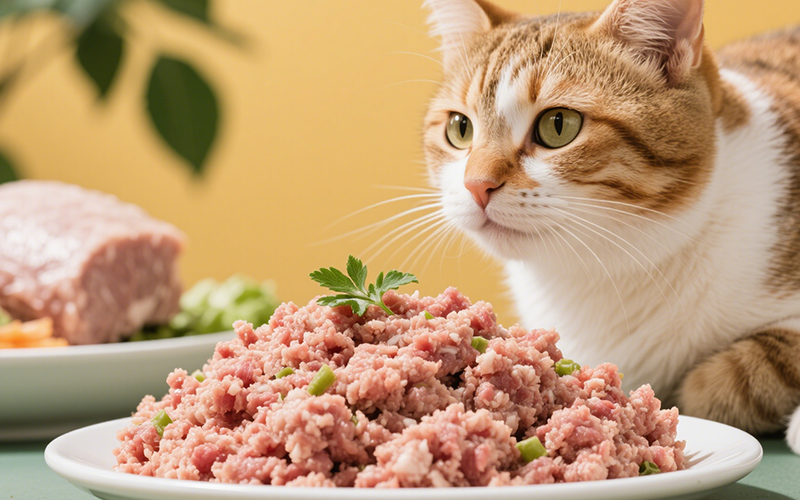
A Purrfect Protein? Can Cats Eat Ground Turkey Safely? (Vet-Reviewed Guide)
- 16 Apr 2025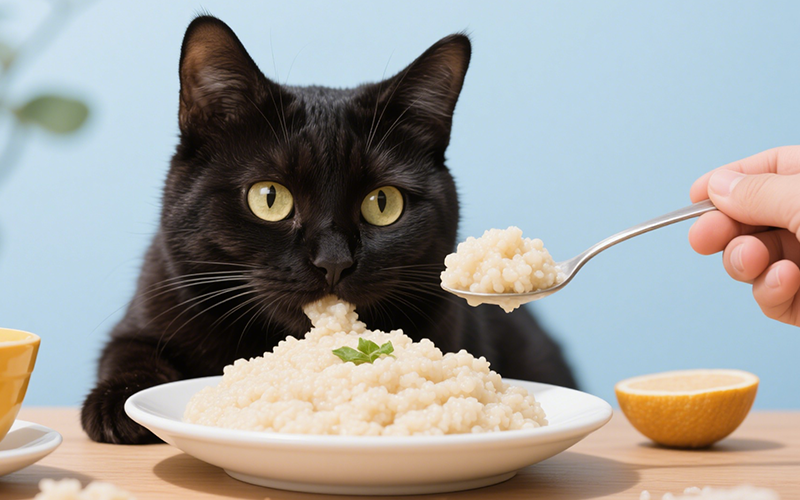
Gritty Situation: Can Cats Eat Grits Safely? Vet Explains the Risks
- 16 Apr 2025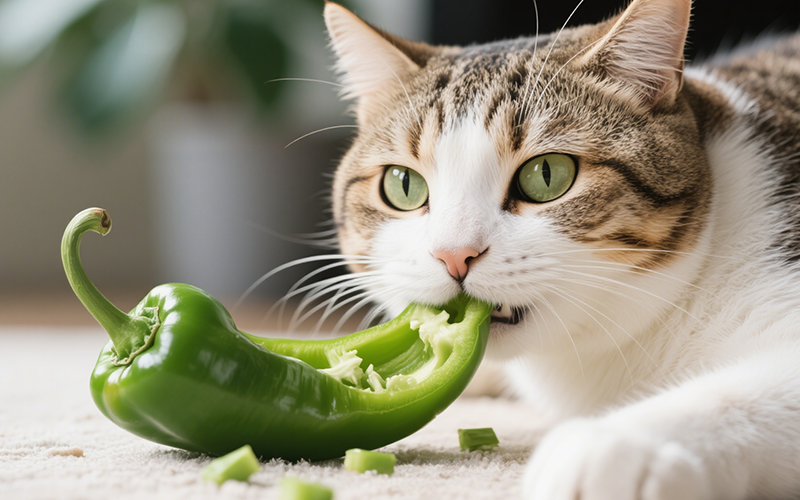
Crunchy Query: Can Cats Eat Green Peppers? A Vet-Reviewed Safety Analysis
- 16 Apr 2025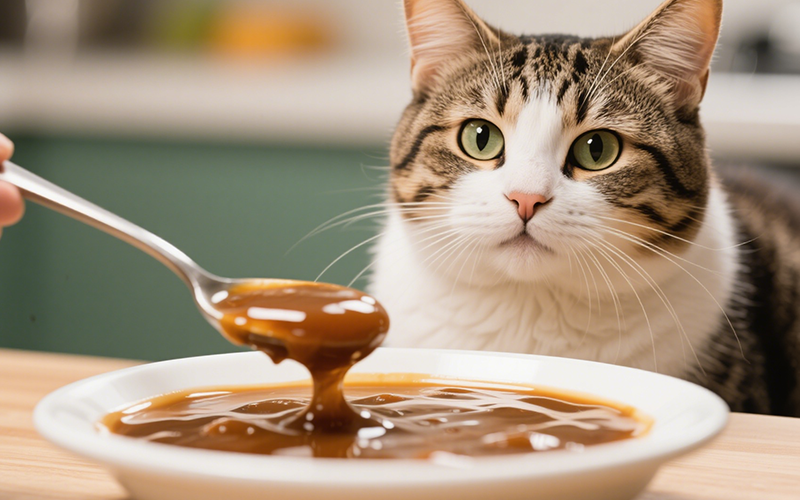
Gravy Danger Zone: Can Cats Eat Gravy Safely? (Vet-Reviewed Warning)
- 16 Apr 2025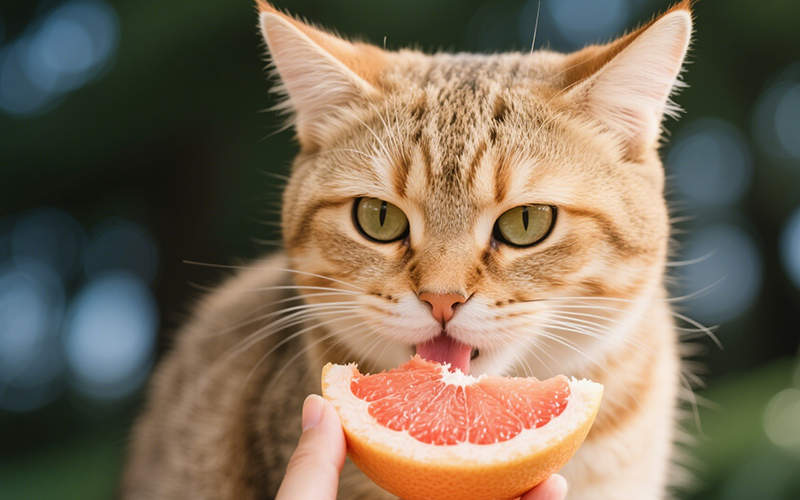
Toxic Temptation: Can Cats Eat Grapefruit? Vet Explains the Dangers
- 16 Apr 2025
Emergency Meal or Major Mistake? Can Cats Eat Dog Food For A Couple Days? (Vet Guide)
- 16 Apr 2025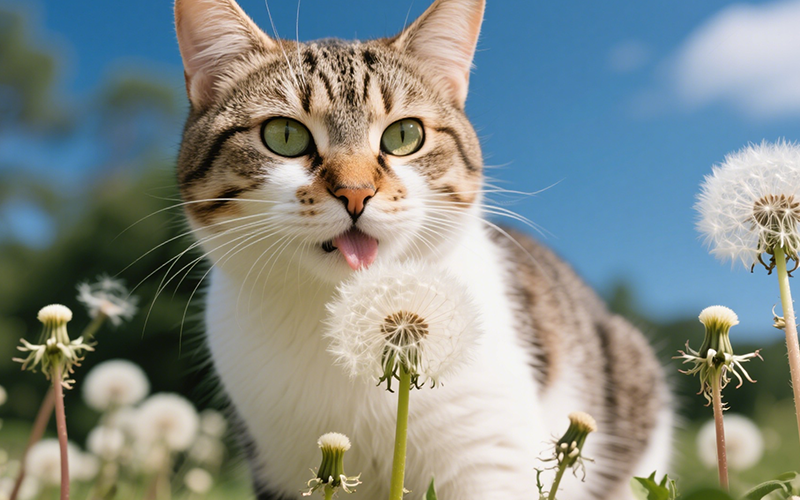
Dandelions & Felines: Can Cats Eat These Common Weeds Safely? Vet Explains
- 16 Apr 2025
Flaky Danger: Can Cats Eat Croissants Safely? Vet Explains the Buttery Risks
- 16 Apr 2025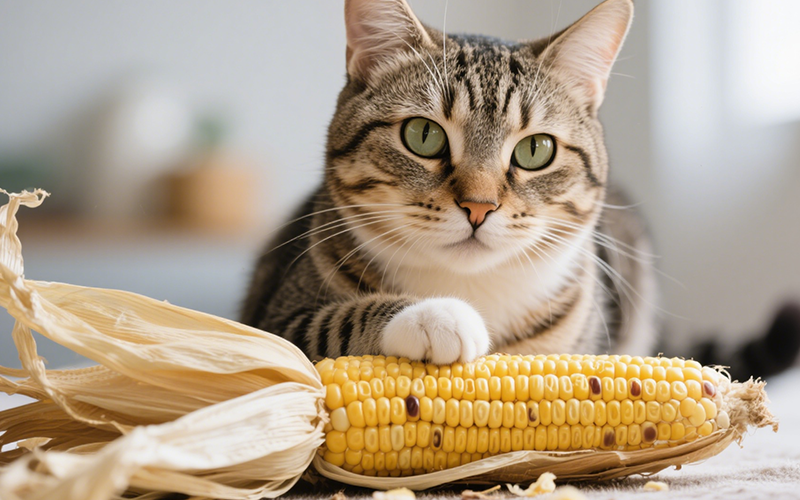
Hazard Alert: Can Cats Eat Corn Husks? Vet Explains Dangers of This Fibrous Material
- 16 Apr 2025
